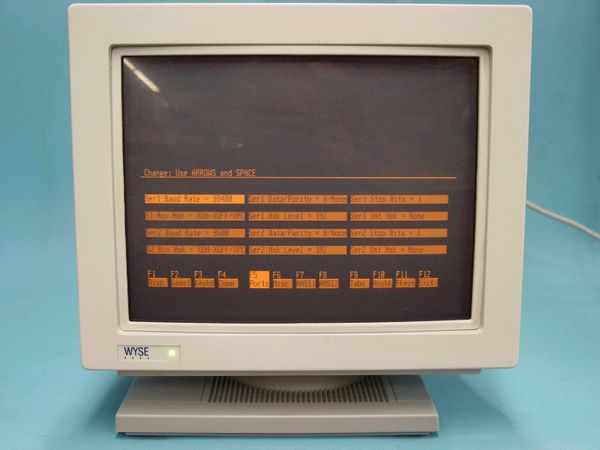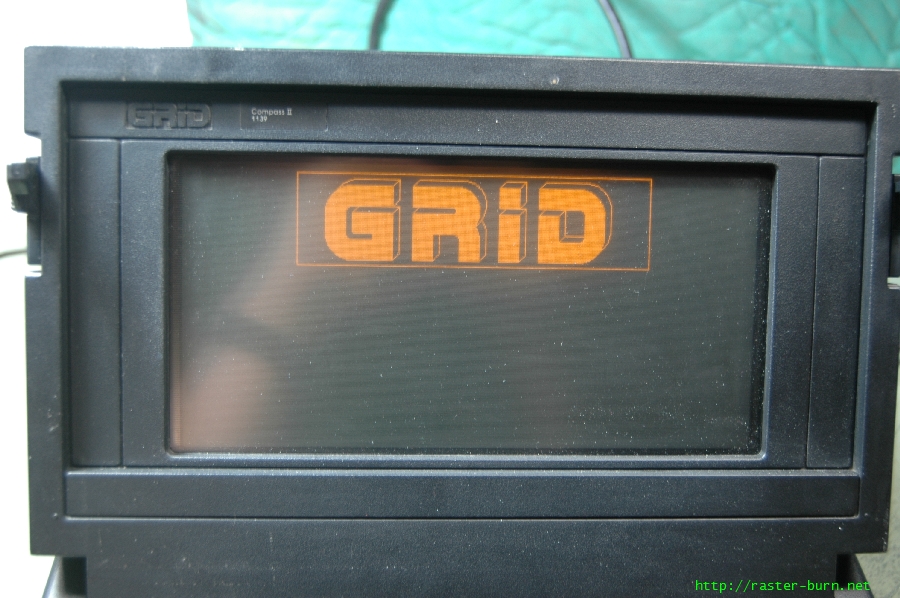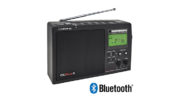The world seems to have forgotten about amber monitors. Believe it or not, it’s hard to even find a picture of one in action. Way back when color screens were considered too expensive for everyday use, computer operators used black-and-white screens. Not that it mattered because graphics were crude or non-existent. Take a look at this image:

That’s about the extent of what you got back then.
Before the days of monitors…
Computers actually started to use monitors in the early 1970s. Believe it or not the earliest electronic computers used what were called “teletypes” or “line printing terminals” (the latter actually being an improvement) which were essentially typewriters that let the computer print after you typed. Compared to that, anything seemed high tech. Unfortunately, black-and-white tube displays were very hard on the eyes and there wasn’t very good contrast. Something had to be done.
The first attempt at creating a screen that was both legible and safe for long-term viewing was the green-screen. Rather than use the grey phosphors from black-and-white TVs, the inner surface of the tube was coated with a substance that glowed emerald green. This was really just the green phosphor from a color TV, without the red or blue ones. Believe it or not it was an improvement, but in order to keep the light output to a reasonable level the screens were very dim and even so they were hard to stare at for a while.
Enter the amber monitor
The next step, popular for only a few years, was the amber monitor. After a lot of research, scientists had an answer, apparently. If you were going to stare at a screen for a long while, the best color for you to stare at was amber, or really sort of dark mustardy yellow. It was legible enough and good enough for your eyes that you didn’t have to put a big hood over the monitor to see it. Not that it looked great, but at least it was reasonably safe for you.
The age of the amber monitor lasted from about 1987 until 1990, a mere moment in the history of computers. Color monitors dropped in price quickly and everyone wanted one so they could run Windows without it looking like a big yellow mess. At the same time, black-and-white technology improved. With the right technology, you could get good contrast off a grey image and combined, these forces meant the end of the amber monitor… almost.


You see, the 1980s and 1990s were also the dawn of the laptop. The first ones used amber plasma displays. LCD displays were too expensive and too low in quality at that time. It may have been orange, but hey, it was flat and light and that mattered when it came to portable computing, considering the average laptop was about ten pounds back then.
No one really misses amber monitors today, and this is one obsolete technology that’s likely to stay obsolete. Today the only place you’re likely to find an amber monitor is in a dusty corner of a thrift store or electronics recycling yard.





